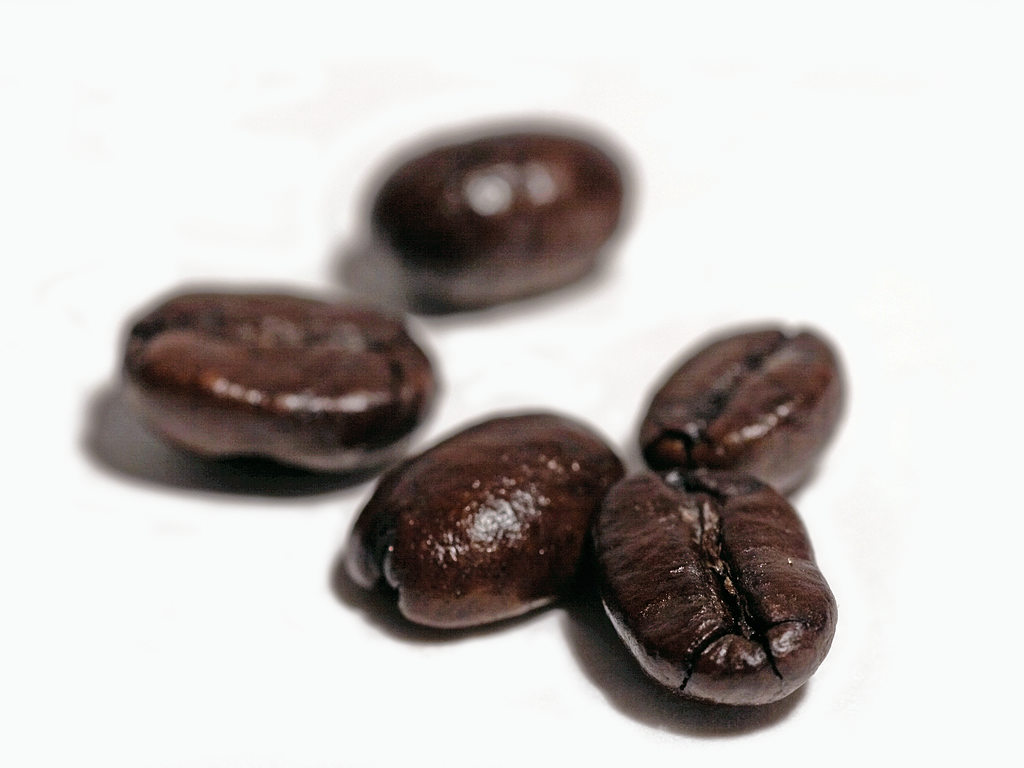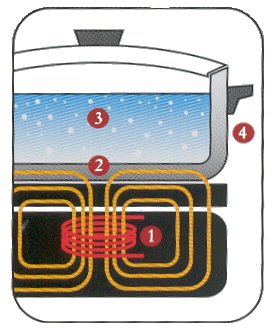I didn’t see this on TV- but apparently it’s everywhere- the One Touch can opener. I couldn’t escape it. Bed, Bath and Beyond has been stacking them in the aisle and the check-out lines and I finally gave in. I can’t resist the idea of an easy to use can opener; mine is finicky and inconveniently mounted outside the kitchen in the laundry room, so I decided to give this new one a whirl.
Well, it is definitely easy to use. Just load it with the required AA batteries and you’re ready to go. As the package says, it is truly hands-free. We placed the opener on the can, pushed the button and watched it go. Kids really like the “magic” of it working independently.
It has only one negative that I can find, but it is a big one. The can is cut around the outer edge which removes the entire top. The top of the can is now razor sharp. If you want to drain the can by pressing the lid against the contents (as I do with tuna), it’s not possible because the lid fits back too tightly against the can. If you try to drain it and touch the top with your fingers, you risk cutting your hand. This edge is really sharp!
So far I would consider this can opener a part time help in the kitchen. I choose it for cans that will have their contents, such as tomato sauce, added directly to a pot or bowl, with no fingers nearby.







